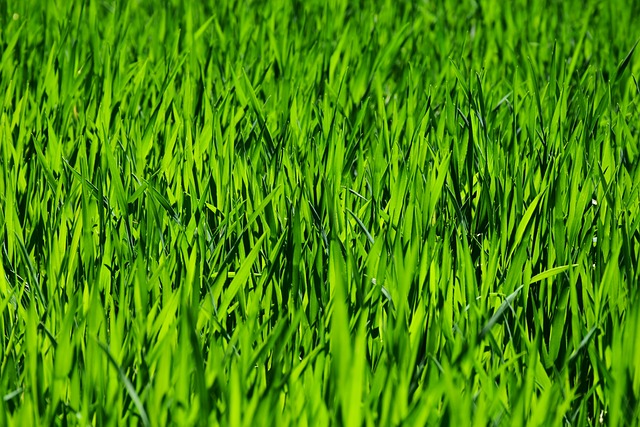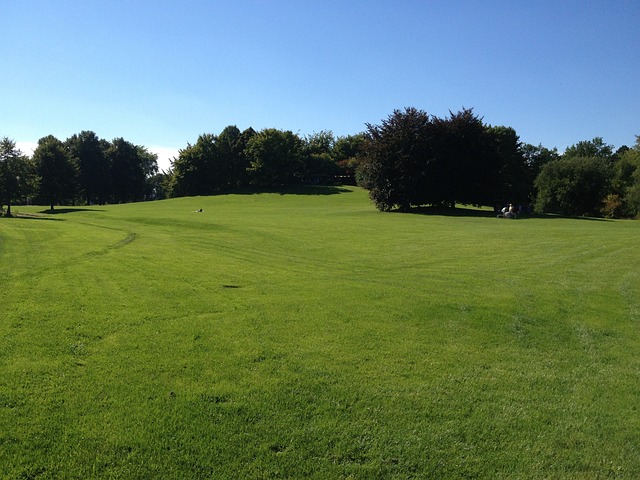Successful lawn care and landscaping design begins with thoroughly assessing your outdoor space. This includes evaluating sunlight exposure, existing vegetation, hardscapes, and structural elements. Sketching a vision, taking measurements, and identifying needs like shade or dining areas is crucial. A detailed site plan accounts for topography, soil health, structures, and utilities, guiding the project towards a functional, aesthetically pleasing design tailored to client preferences that enhances property value and contributes to environmental health.
Landscaping design transforms outdoor spaces into vibrant, functional areas that enhance your lifestyle. From initial assessment and planning to final construction and maintenance, each step is crucial in creating a beautiful and sustainable landscape. This guide explores essential aspects of landscaping, including understanding your space, designing with impact, and implementing your vision. Discover expert tips on plant selection, hardscape features, water elements, and effective lawn care practices for a thriving, low-maintenance outdoor oasis.
- Understanding Your Space: Assessment and Planning
- – Evaluating the landscape potential and challenges
- – Creating a detailed site plan and design concept
Understanding Your Space: Assessment and Planning

Understanding your space is a crucial step in successful lawn care and landscaping design. Before breaking out the tools and plants, assess your outdoor area thoroughly. Consider factors like sunlight exposure at different times of day, existing vegetation, hardscaping features (patios, decks), and any structural elements that might limit design options. Planning involves sketching out your vision, taking measurements, and identifying specific needs—whether it’s more shade, a play area for kids, or an outdoor dining space.
This initial phase allows you to create a balanced and functional landscape design tailored to your property’s unique characteristics, ensuring both aesthetic appeal and practicality in the final lawn care and landscaping implementation.
– Evaluating the landscape potential and challenges

Evaluating the potential of a landscape is a crucial step in any lawn care and landscaping project. It involves assessing the physical features, including topography, soil quality, and existing vegetation, as well as considering the practical challenges and opportunities unique to the site. This process is essential for creating a sustainable and aesthetically pleasing outdoor space that meets the client’s needs and expectations. By carefully examining these factors, landscape designers can transform even the most challenging sites into vibrant oases.
Challenges such as rocky terrain, poor drainage, or shaded areas require specific strategies. For instance, retaining walls can mitigate slope issues, while innovative irrigation systems cater to water-efficient landscaping. These considerations are key to successful implementation, ensuring that the final design not only looks stunning but also functions well in various weather conditions and over time, enhancing the overall lawn care experience.
– Creating a detailed site plan and design concept

Before any lawn care or landscaping work begins, a thorough understanding of the site is crucial. The first step is to create a detailed site plan that considers the existing topography, vegetation, structures, and utilities. This plan serves as a blueprint for the entire project, ensuring every element is thoughtfully placed and aligned with the client’s vision. By analysing the unique characteristics of the land, designers can optimise space utilisation, enhance natural features, and anticipate potential challenges.
A well-conceived design concept complements the site plan by incorporating aesthetic preferences, functional requirements, and practical considerations. This concept should reflect the client’s style while also addressing specific needs like outdoor entertainment areas, privacy screens, or eco-friendly elements. Through careful consideration of these factors, landscaping designers can transform raw outdoor spaces into functional, visually appealing, and low-maintenance areas that enhance property value and contribute to a healthier, more enjoyable environment.
Incorporating effective landscaping design involves understanding your space, assessing its potential and challenges, and creating a thoughtful site plan. By prioritizing lawn care and landscaping, you can transform your outdoor space into a functional, beautiful, and sustainable environment that enhances your lifestyle and property value. Remember, the right approach to planning and execution will ensure a stunning and enduring landscape design.
